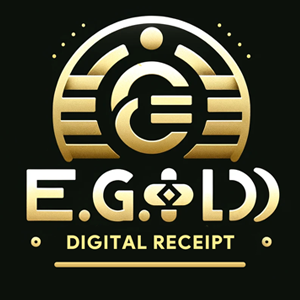Why Invest in a 500g Gold Bar
The 500g gold bar is one of the most popular options for serious investors in precious metals. Its size offers a balance between affordability and significant gold value, making it a practical choice for those seeking to preserve and grow wealth. With a purity of .9999 (24 karats), 500g gold bars are trusted worldwide as a reliable and secure investment. Whether you’re diversifying your portfolio or hedging against inflation, the 500g gold bar offers unmatched value, liquidity, and global recognition.
Features of a 500g Gold Bar
500g gold bars are crafted from .9999 pure gold, ensuring they meet investment-grade standards. Each bar is produced by reputable refineries such as Valcambi, Argor-Heraeus, PAMP Suisse, or the Perth Mint, which are all accredited by the London Bullion Market Association (LBMA). These bars typically feature unique serial numbers for authenticity, the refinery logo, and details about weight and purity. Many come in tamper-evident packaging, which includes an official assay certificate verifying the bar's specifications.
Benefits of Owning a 500g Gold Bar
Owning a 500g gold bar offers several advantages. Its larger size allows investors to enjoy lower premiums per gram compared to smaller gold bars or coins, making it more cost-effective for bulk investments. The bar's high purity ensures maximum intrinsic value, while its global recognition guarantees liquidity, making it easy to sell or trade. 500g bars are also compact and space-efficient, offering significant value without requiring large storage spaces. This makes them ideal for long-term wealth preservation and portfolio diversification.
How to Buy a 500g Gold Bar
Purchasing a 500g gold bar is straightforward when working with a reputable dealer. Start by researching trusted platforms such as EE.GOLD, JM Bullion, or APMEX to ensure you receive authentic products. Compare the prices and premiums charged by different dealers, as these vary depending on the refinery, market conditions, and dealer policies. Select your preferred payment method—options often include credit cards, bank transfers, or cryptocurrency. Verify that the gold bar is certified and comes with tamper-evident packaging and an assay certificate. Choose between home delivery or secure storage options offered by professional vaulting services.
Price of a 500g Gold Bar
The price of a 500g gold bar is calculated based on the current gold spot price and the dealer’s premium. For example, if the gold spot price is $60 per gram, the base price of a 500g gold bar would be $30,000. Dealers typically charge an additional premium of 1% to 5%, depending on the bar’s brand, packaging, and availability. Premiums for larger bars like 500g are lower compared to smaller bars or coins, making them a more cost-efficient choice for investors. Always monitor market trends and compare prices to ensure you’re getting the best deal.
Storage Options for a 500g Gold Bar
Proper storage is essential to protect your 500g gold bar and maintain its value. Home storage is an option for smaller gold collections, but it requires a high-quality safe that is both fireproof and tamper-resistant. Bank safety deposit boxes provide added security and are ideal for long-term storage. Professional vaults offer the highest level of protection, with insured, climate-controlled facilities and 24/7 surveillance. Many dealers, including EE.GOLD, provide secure storage options for investors who prefer not to handle physical gold themselves.
Comparing 500g Gold Bars to Other Sizes
500g gold bars offer a unique balance between value and affordability. Smaller bars, such as 100g or 250g, are more accessible for new investors but come with higher premiums per gram. Larger bars, like 1kg, offer even lower premiums but require a more significant upfront investment, which may not suit all budgets. The 500g size sits perfectly in the middle, providing substantial gold value with manageable costs and excellent liquidity. This makes it an ideal choice for both experienced and new investors looking to diversify their holdings.
Tips for First-Time Buyers of 500g Gold Bars
If you’re purchasing a 500g gold bar for the first time, start by researching reputable dealers to ensure authenticity and quality. Check the current gold spot price to determine the best time to buy and compare premiums from different sellers. Always verify the bar’s LBMA certification and ensure it comes with tamper-evident packaging and an assay certificate. Decide on a secure storage solution, whether at home, in a bank deposit box, or in a professional vault. Finally, keep detailed records of your purchase, including receipts and certificates, for resale or tax purposes.
Selling a 500g Gold Bar
Selling a 500g gold bar is straightforward thanks to its high purity and global recognition. Begin by checking the current spot price to ensure you’re selling at a favorable rate. Approach reputable dealers or online platforms like EE.GOLD or JM Bullion that offer competitive buyback programs. Ensure the bar is in its original tamper-evident packaging with the assay certificate intact, as these elements enhance its resale value. Keep a record of the sale for tax purposes, as you may need to report capital gains.
Why Trusted Dealers Like EE.GOLD Are Essential
When purchasing a 500g gold bar, working with a trusted dealer is crucial to ensure the authenticity and quality of your investment. EE.GOLD offers a wide range of certified gold products from globally recognized refineries, providing peace of mind for investors. The platform also ensures transparent pricing, secure payment options, and insured shipping. For added convenience, EE.GOLD provides professional vault storage solutions, making it easy to manage and protect your gold investment.
How a 500g Gold Bar Fits Into a Diversified Portfolio
Adding a 500g gold bar to your investment portfolio is an excellent strategy for diversification and risk management. Gold is known for its ability to retain value during times of economic uncertainty, making it a reliable hedge against inflation, currency fluctuations, and market volatility. A 500g gold bar provides significant value without requiring the higher upfront cost of a 1kg bar, making it an accessible option for mid- to large-scale investors. By combining gold with other assets such as stocks, bonds, real estate, or cryptocurrencies, you can create a well-balanced portfolio that is more resilient to market fluctuations.
The Environmental and Ethical Standards of Trusted Refineries
500g gold bars produced by reputable refineries like Valcambi, PAMP Suisse, Argor-Heraeus, and Perth Mint are not only investment-grade but also adhere to strict environmental and ethical sourcing standards. These refineries are accredited by the LBMA and comply with Responsible Gold Mining Principles, ensuring that the gold is sourced responsibly and free from conflict. Many refineries also implement sustainable practices to reduce their environmental footprint, such as using renewable energy and recycling materials. For investors who value ethical and sustainable practices, choosing a 500g gold bar from an LBMA-certified refinery is an excellent choice.
Comparing the 500g Gold Bar to Other Precious Metals
While gold remains the most popular precious metal for investment, comparing the 500g gold bar to other metals like silver, platinum, and palladium can provide insights into how it fits into your portfolio. Gold is the most stable and universally recognized asset, making it a safer choice for long-term wealth preservation. Silver, while more affordable, is more volatile and requires more storage space due to its lower density. Platinum and palladium are primarily used in industrial applications and can offer higher returns during periods of increased demand. However, the 500g gold bar stands out for its balance of value, stability, and liquidity, making it a cornerstone of any precious metals portfolio.
Frequently Asked Questions About the 500g Gold Bar
What is the purity of a 500g gold bar? Most 500g gold bars are made of .9999 fine gold, ensuring their investment-grade status.
How much does a 500g gold bar cost? The price depends on the current gold spot price and the dealer’s premium. For example, if the spot price is $60 per gram, a 500g gold bar would cost approximately $30,000 plus a premium of 1% to 5%.
Is a 500g gold bar easy to sell? Yes, the global recognition and high purity of 500g gold bars make them highly liquid and easy to sell to reputable dealers or private buyers.
What are the storage options for a 500g gold bar? Storage options include home safes, bank safety deposit boxes, and professional vaults with insured and climate-controlled facilities.
Why is a 500g gold bar a good investment? A 500g gold bar offers lower premiums per gram, high liquidity, and significant value, making it a cost-effective and reliable choice for wealth preservation and portfolio diversification.
Selling a 500g Gold Bar for Maximum Returns
When you’re ready to sell your 500g gold bar, working with reputable dealers or platforms is essential to maximize your returns. Start by checking the current gold spot price to determine the market value of your bar. Approach trusted platforms like EE.GOLD, which offer competitive buyback programs and ensure transparent pricing. Ensure that the gold bar is in its original tamper-evident packaging with the assay certificate intact, as this can enhance its resale value. Keep a record of the sale, as capital gains taxes may apply to your profits, depending on your jurisdiction.
Why Trusted Dealers Like EE.GOLD Are Essential for Large Gold Purchases
When investing in a 500g gold bar, the choice of dealer is critical to ensuring a secure and transparent transaction. Trusted platforms like EE.GOLD offer certified gold products from LBMA-accredited refineries, ensuring authenticity and quality. They also provide transparent pricing with no hidden fees, making it easy to compare costs and premiums. EE.GOLD offers secure payment options, insured shipping, and professional vault storage solutions, providing peace of mind for investors handling large-scale purchases. Their customer support team is also available to answer any questions, ensuring a seamless buying experience.
The Future of Investing in 500g Gold Bars
As global economic uncertainties persist, demand for gold as a safe-haven asset is expected to grow. The 500g gold bar is particularly well-suited to meet the needs of modern investors due to its balance of size, affordability, and value. Innovations in technology, such as blockchain-based authentication, are enhancing the transparency and security of gold transactions, making it easier than ever to buy, sell, and store gold. With trusted platforms like EE.GOLD leading the way, investing in 500g gold bars has never been more accessible or secure. As gold continues to hold its value and gain importance in diversified portfolios, the 500g gold bar remains a timeless and essential investment.
Final Thoughts on the 500g Gold Bar
The 500g gold bar is a smart choice for serious investors looking to diversify their portfolios and secure their wealth. Its combination of high purity, global recognition, and cost-efficiency makes it a standout option for both new and seasoned investors. Whether you’re looking to hedge against inflation, preserve your purchasing power, or build a lasting legacy, the 500g gold bar offers unmatched reliability and value. Trusted platforms like EE.GOLD simplify the process of purchasing, storing, and selling gold, ensuring a seamless and rewarding investment experience. Take the next step in your investment journey today by adding a 500g gold bar to your portfolio.
NOTE
This Content is the copyrighted content of EE.GOLD. All rights are reserved. You are welcome to share or use our content only by including direct links to our website. Any other form of reproduction, distribution, or use without proper attribution is strictly prohibited.
This Content is intended solely for educational purposes. The information provided does not constitute financial or investment advice.
Please note that Digital Storage Receipt, Secure Storage Solutions, and Physical Gold Sales are the only services offered by EE.GOLD.
We strictly adhere to government regulations and are firmly against all illegal financial or investment activities globally.
For further inquiries, feel free to contact us through our official channels.

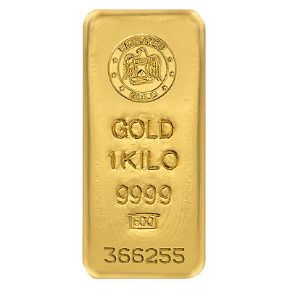
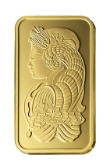
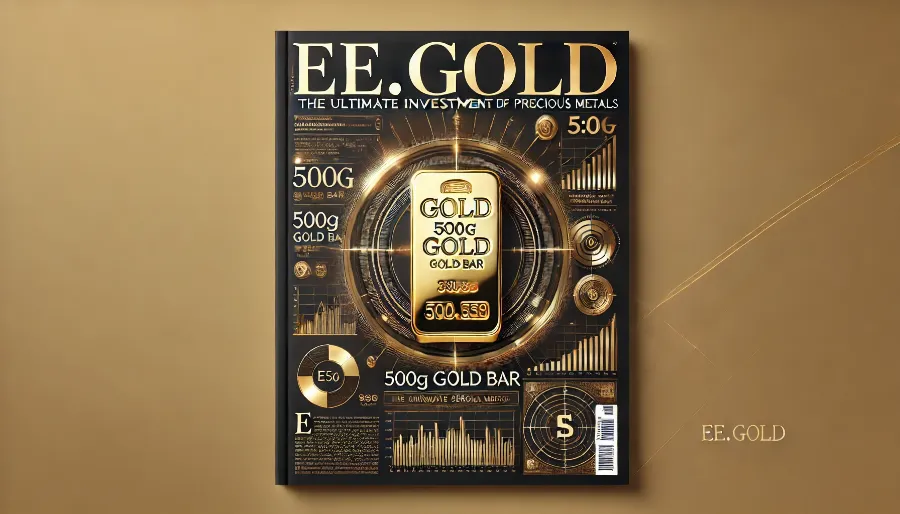
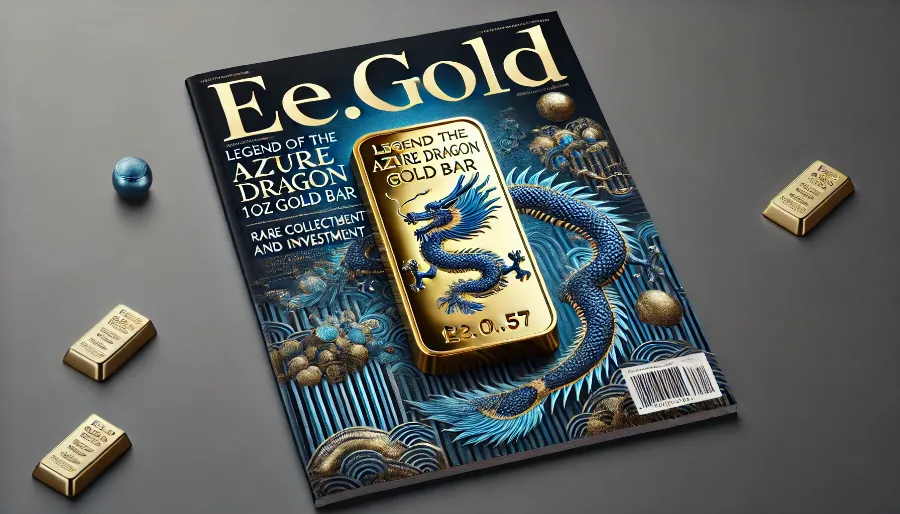
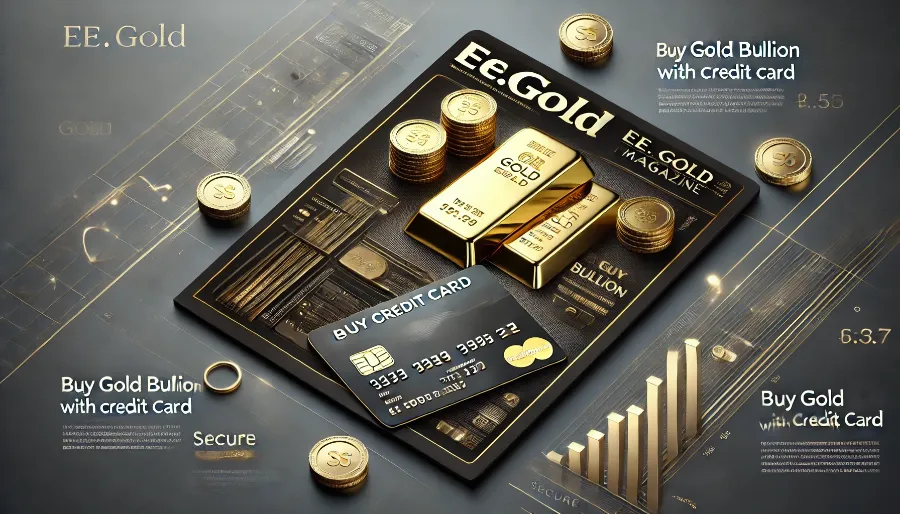
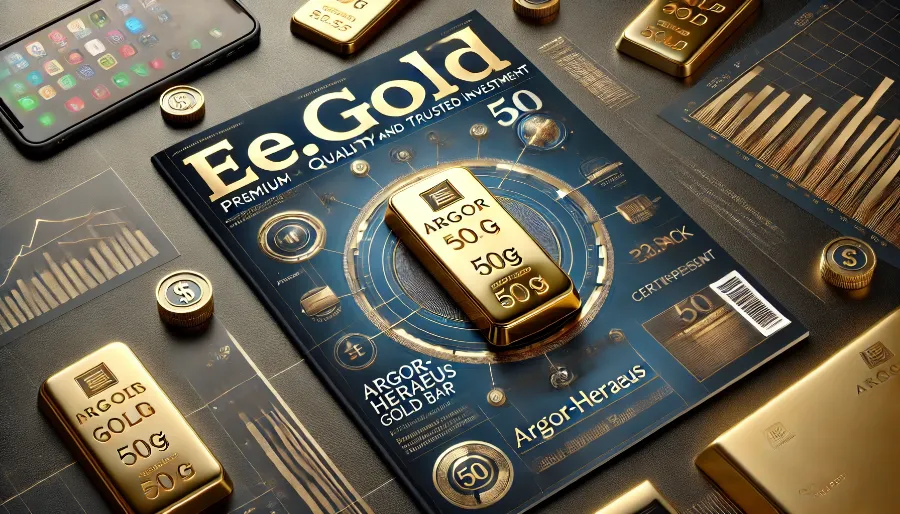
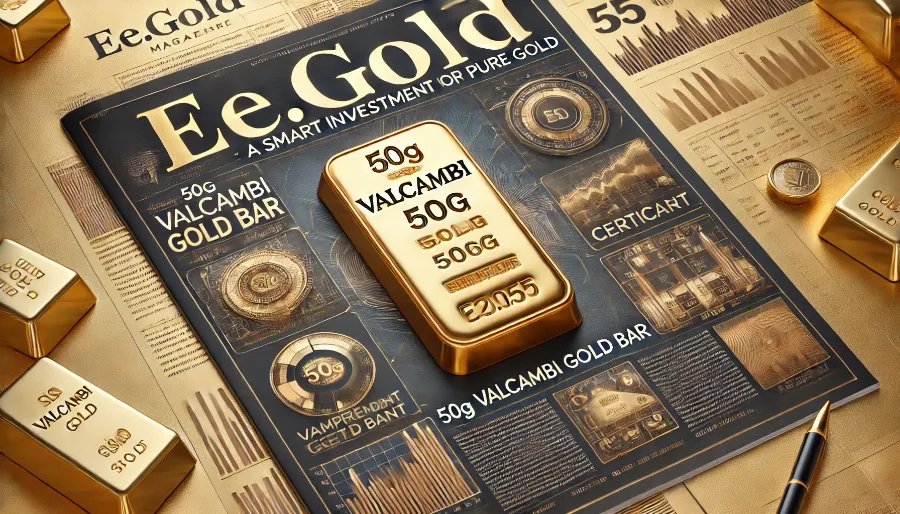
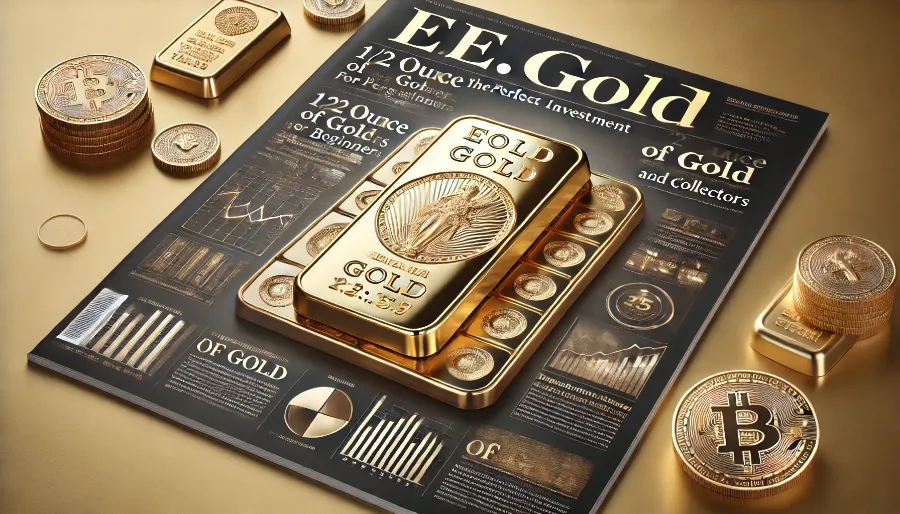
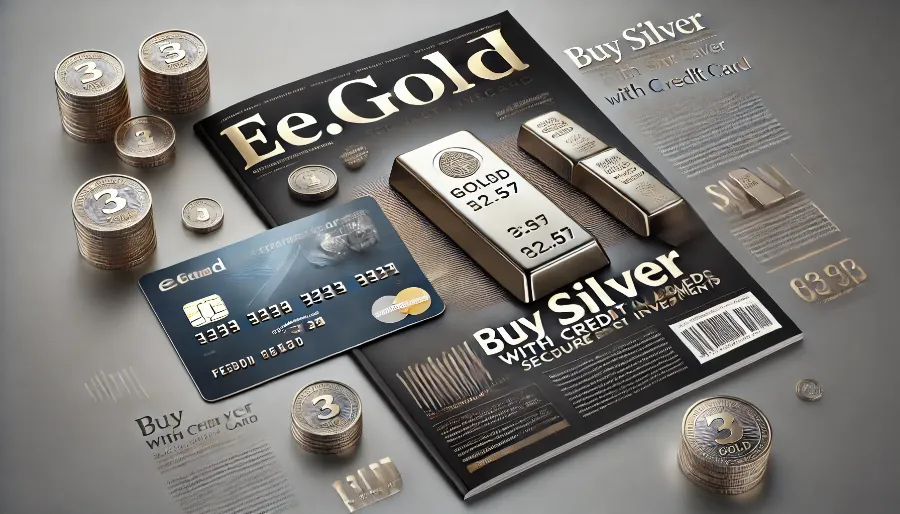
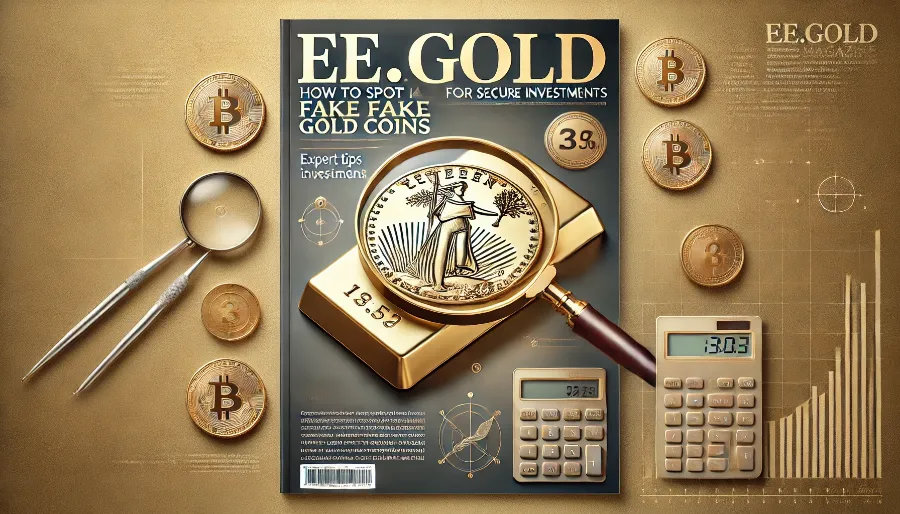
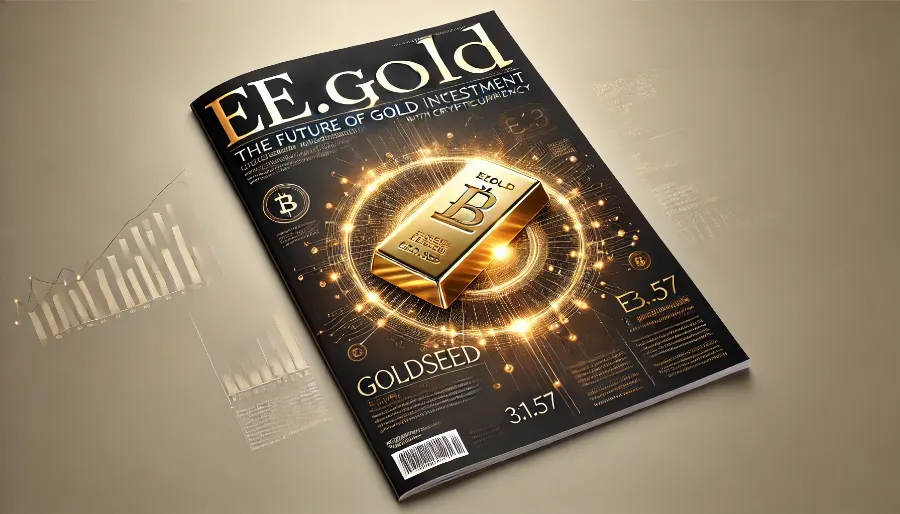
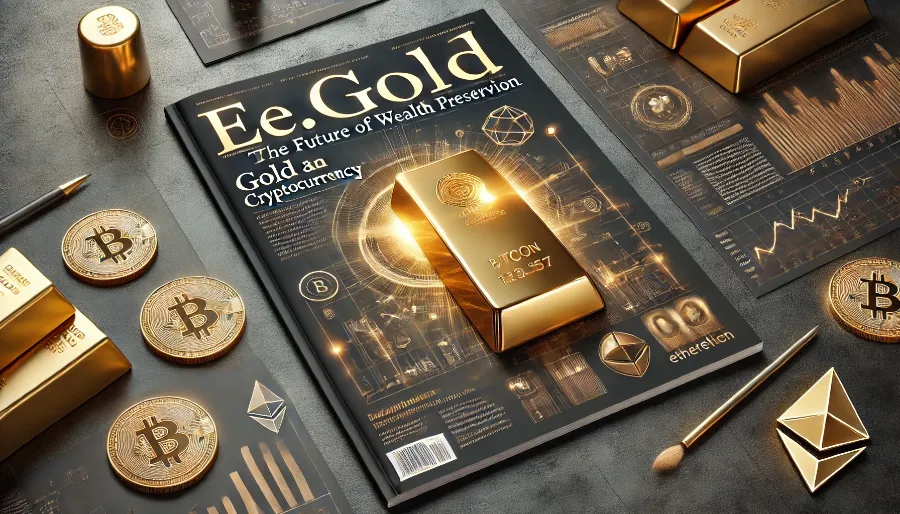

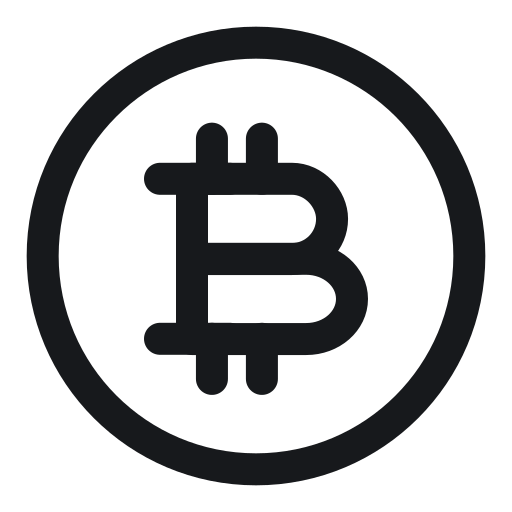
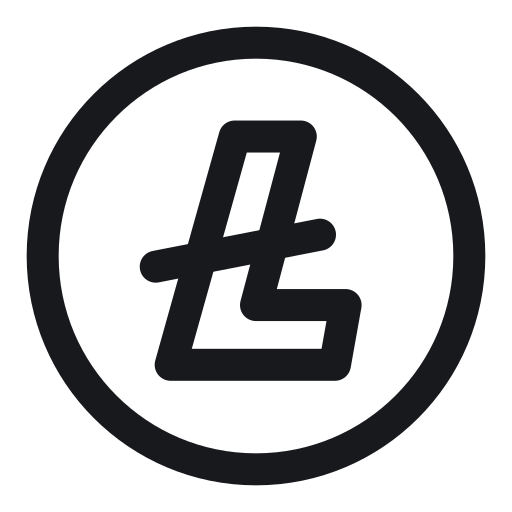

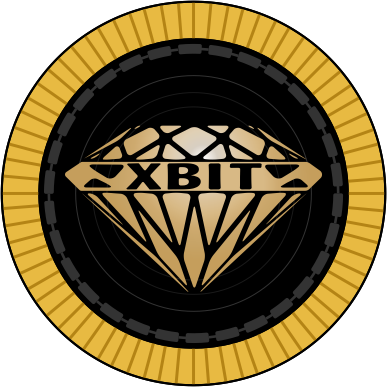


.png)

